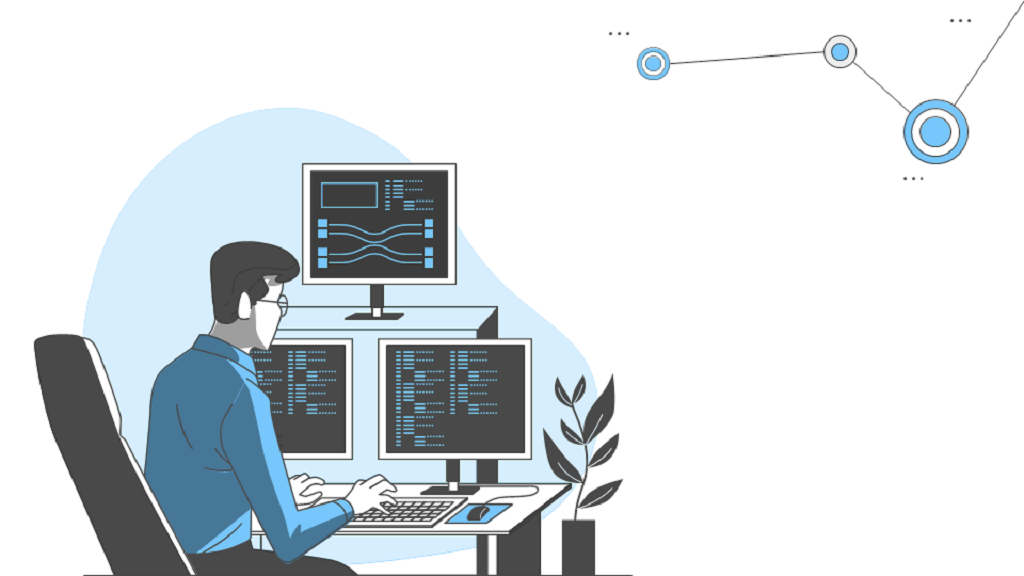
Introduction
Are you struggling to choose the right technology stack for your SaaS application? Look no further! Understanding the components of a Saas Stack is crucial for building a successful web-based program. A Saas Stack consists of a combination of tools and technologies that power your web application. It includes server operating systems, programming languages, databases, and web servers. Choosing the right Saas Stack for your business can be overwhelming, but with the right guidance, it can be a breeze. Make sure you do your research and follow the general guidelines to ensure your Saas Stack is optimal for your company’s needs.
The stack is the software or technology on which a SaaS is built.
The stack can be broken down into layers, including:
- Operating system (OS) – The OS provides the foundation for everything else in your application. It’s what allows programs to run on your computer and connects them with hardware resources such as memory, disk storage and graphics processors. Some common operating systems include Windows 10 and MacOS X 10.14 (Mojave).
- Web server – This handles requests from users via HTTP requests sent over the Internet from browsers like Chrome or Firefox; it also responds by sending back responses in HTML format with content that’s been requested by those browsers through their URLs (e-mail addresses). Some common web servers include Apache HTTP Server 2.*
SaaS companies can choose from a wide range of stacks.
You have a lot of options when it comes to choosing your stack.
The most popular stacks are Ruby on Rails and Django, but there are many others you could use as well. For example, NodeJS/React has been gaining popularity lately because it offers high performance and scalability for real-time applications. It’s also used by many SaaS companies (including Slack).
If you’re building an application for a specific industry (e.g., healthcare), then some stacks might be better suited than others because they provide pre-built libraries for common services like user management or payment processing.
Some stacks are better suited than others.
The best stack for a SaaS application depends on the specific needs of your company. Some stacks are better suited than others, but there are some general guidelines that you can follow when choosing one.
- Choose the right stack for your company’s needs. When building a SaaS application, it’s important to choose a stack that works with how your business operates and what kind of product you’re building–not just because one technology is popular or has been around longer than another. For example, if all of your developers are comfortable working with Ruby on Rails but none have experience using Java: don’t force them into using Java just because it’s “more scalable” (or whatever other buzzword applies). Instead of trying to force everyone into doing things their way all the time, let them work within their comfort zones while still meeting business goals by choosing an appropriate technology stack instead!

The best stack depends on the SaaS application you’re developing, but there are some general guidelines that you can follow when choosing one.
When building a Saas stack, it’s crucial to consider the specific needs of your company. For instance, if you’re creating a SaaS application that demands high performance and scalability, then Workflos may be the ideal choice. On the other hand, if you’re developing an application for personal use with less-demanding performance requirements, such as a lead management app, then Workflos is an excellent option as it provides seamless deployment with integrated Single Sign-On, Identity Provisioning, and numerous workflow templates, right out of the box. With Workflos, you can build internal apps with IDaaS, obtain external apps from AppStore, and manage all of them, with unlimited capabilities. Additionally, Workflos provides a full-stack of authentication, authorization, directory, and audit logging capabilities, making it ideal for building enterprise-ready applications that require advanced security features. Overall, when selecting a Saas stack, it’s essential to choose a platform that aligns with your company’s unique needs and can support your business goals in the long run.
Choose the right stack for your company’s needs.
At the end of the day, it’s important to choose a stack that best fits your company’s needs. Just because one stack is popular does not mean it will be right for you or your team. Don’t be afraid to ask questions and don’t be afraid to change stacks if something isn’t working out.
Conclusion
We hope this guide has helped you understand what makes a good SaaS stack and how to choose one. The most important thing is to make sure that the stack you choose fits your company’s needs, whether that means choosing one that already exists or building it yourself from scratch.


